In my entry here on Mullein, I noted that I wanted to test out Hildegard's cure for soar throats "with pain in the chest". After harvesting mullein leaves over the last several days, I decided to go ahead and play around with this.
The problem here is that I am fairly certain now that the intention is to use fennel seeds and dried mullein leaves. My leaves are not yet dry and I did not have seeds here but was able to procure fresh fennel so I figured "what the heck".
It called for equal measure of the two plant items to be cooked in "good wine" and consumed often. It does not, however give quantities for any of those items. I also wondered, when I first read this, if measure for apothecaries in period was more commonly by weight or volume. Eventually came across some recipes that called for spoonfuls of various things and that at least let me know that in some cases it was by volume.
I opted to make a single cup of wine with a tablespoon each of the two plants. I chose these proportions based on modern recipes for mullein tea that make use of fresh, rather than dried, plants. I simmered the chopped fennel and leaves for 15 minutes and let continue to steep as it cooled for another ten. I strained it through a damp linen cloth into a cup. In the photos I show it in a clear cup so that the color can be seen as well.
Regarding wine, when I first started looking into these things and noticed that so many recipes called for wine (yay!) I was wondering out loud on Facebook about what type of wine was available. Some folks chimed in that old wine was used for medicinal concoctions, but I notice that many recipes specifically call for "good wine". Further research also showed me that depending on the resources that someone in 14th century England had, there was a wide variety of wine available, both white and red, in many types. English produced wine was white, imported could be either, and I saw that sweet wines were also imported from Greece and elsewhere.
The wine was still clear after the addition of the herbs and only had a slight herbal smell. The taste was not unpleasant, and as you swallowed it you got a better sense of the herbs in it. I think, lol, that my wine was starting to turn as it was more sour than it should be and that only increased with cooking. The concoction was interesting, and I wish I had thought of making this two weeks ago when I did, in fact, have a sore throat.
I will be procuring fennel seed soon and can repeat this experiment with the dried plant matter as I believe was intended in period.
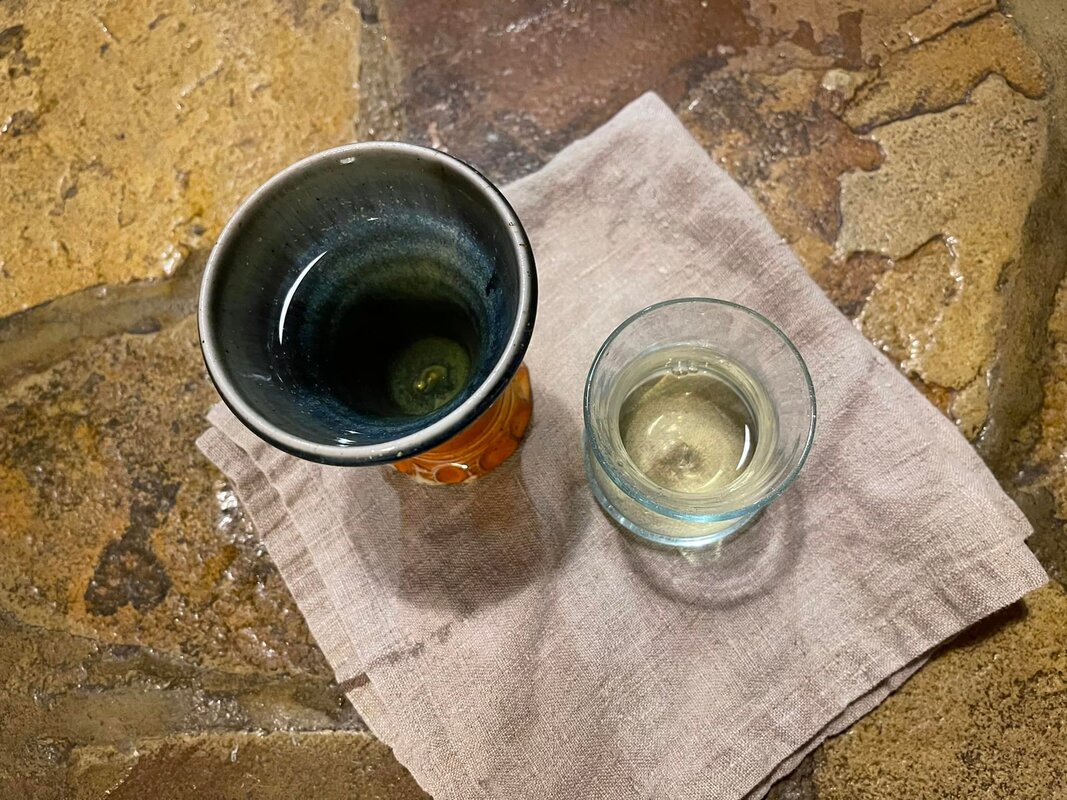
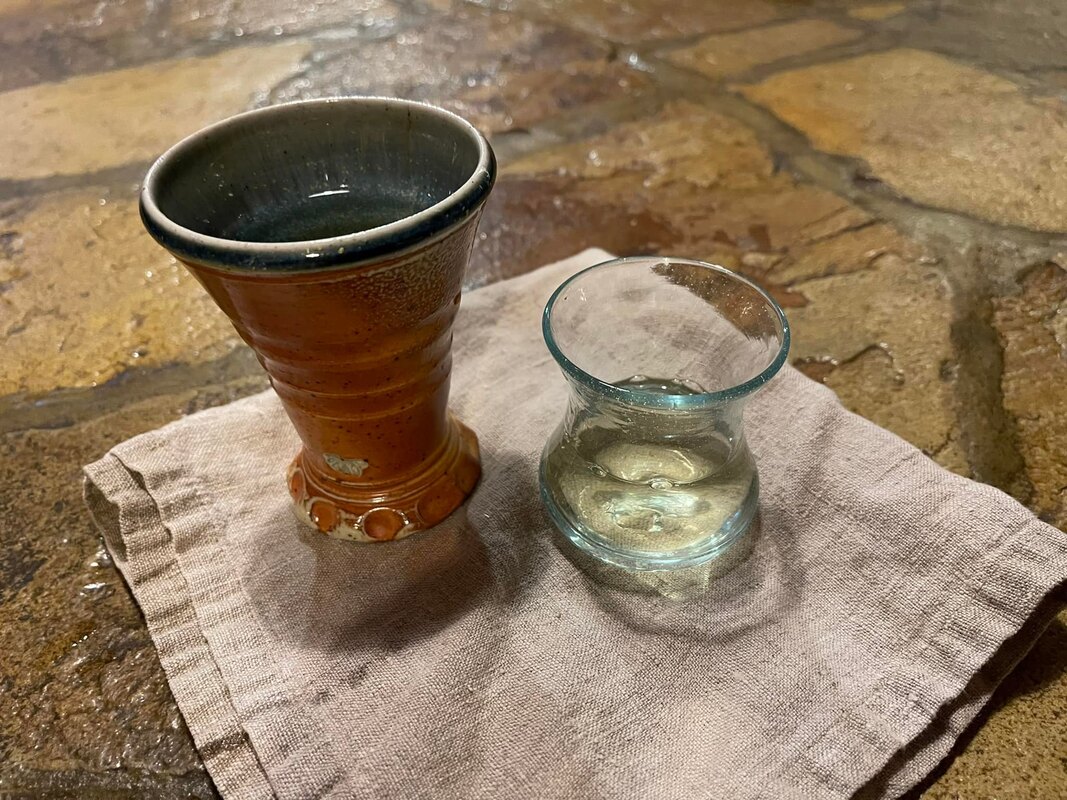
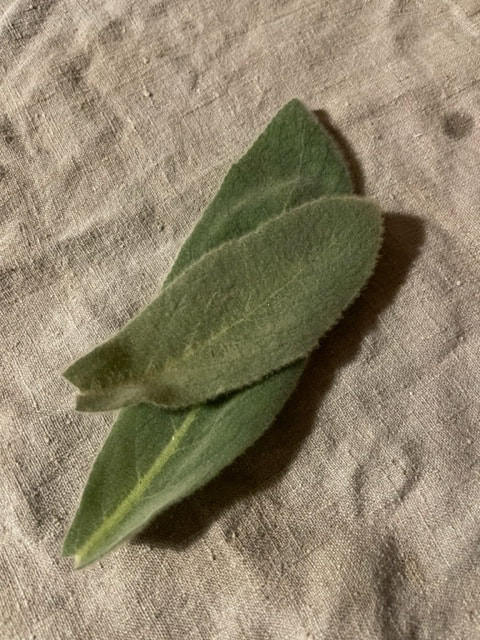
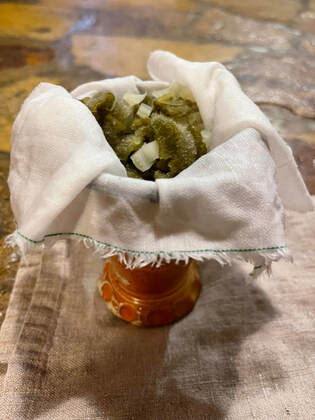
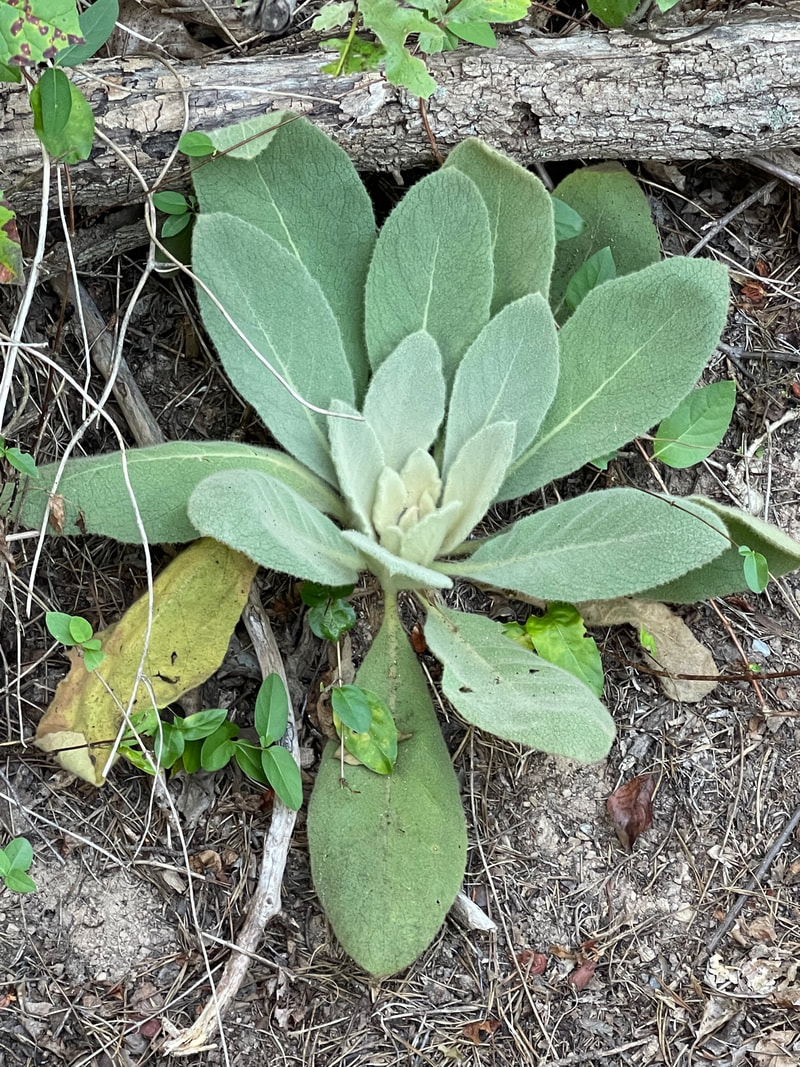
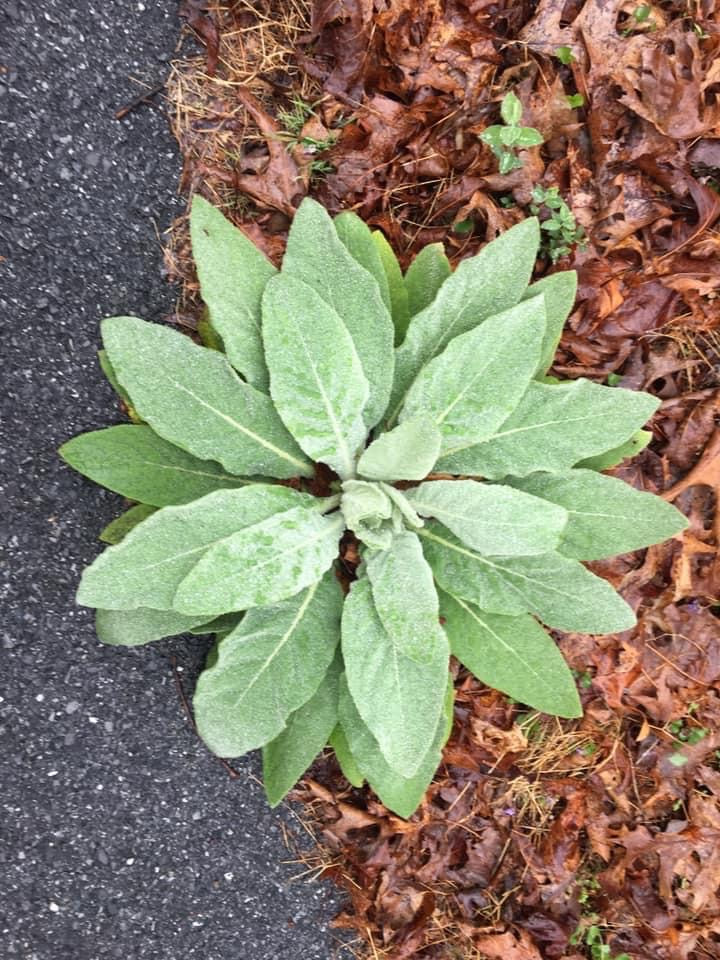
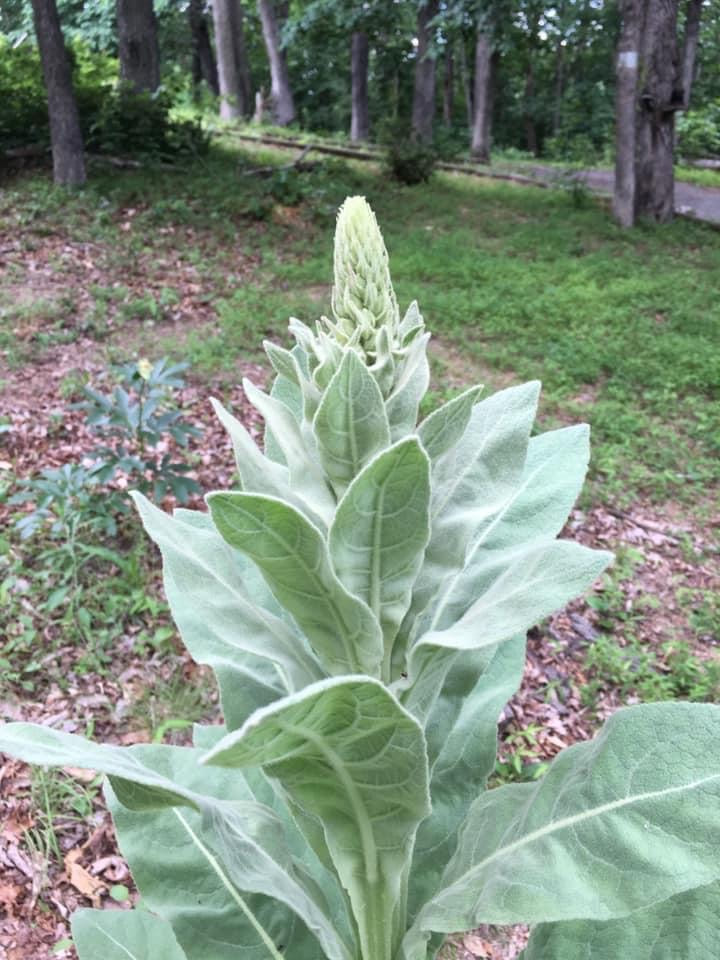
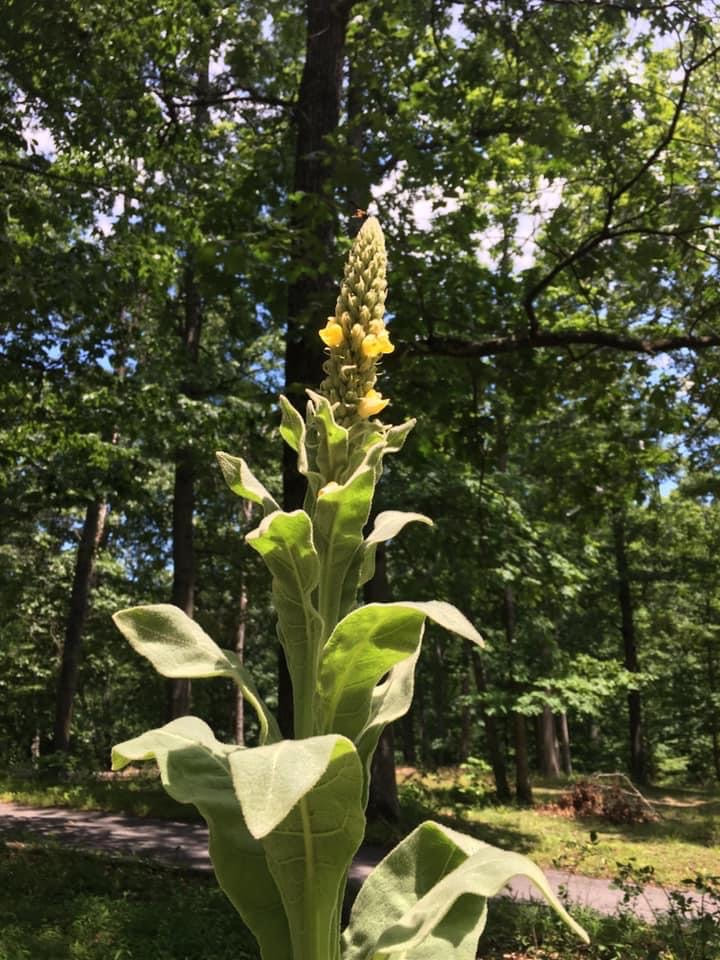

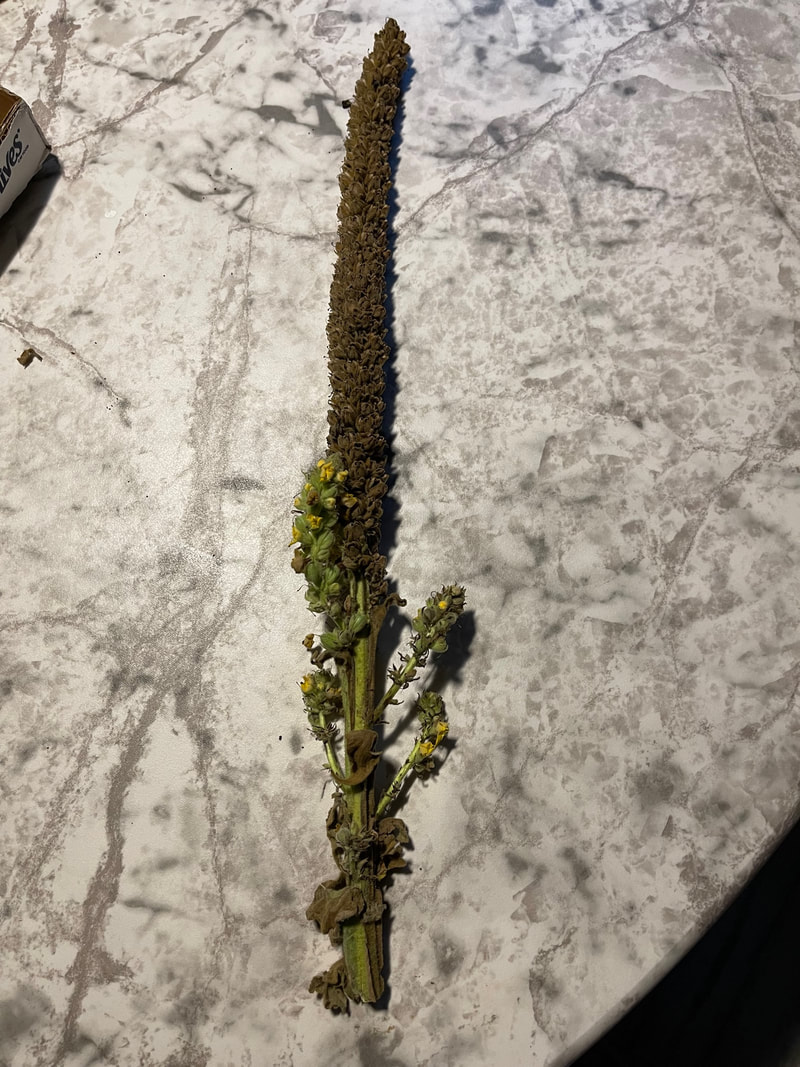
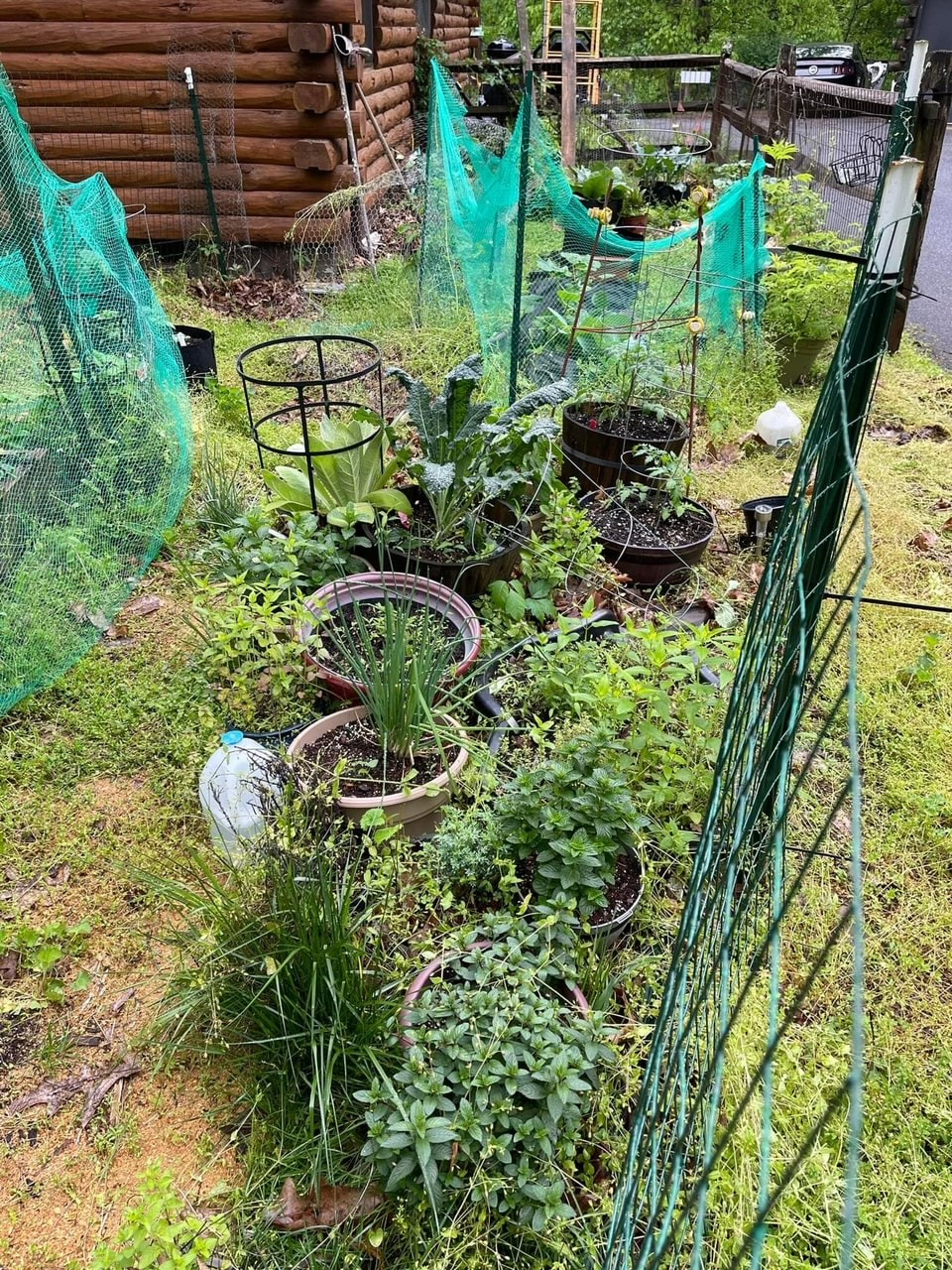
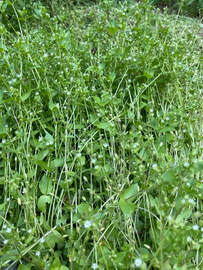
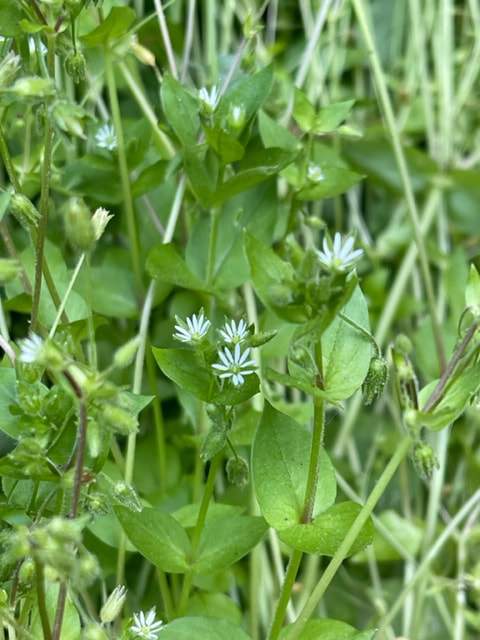
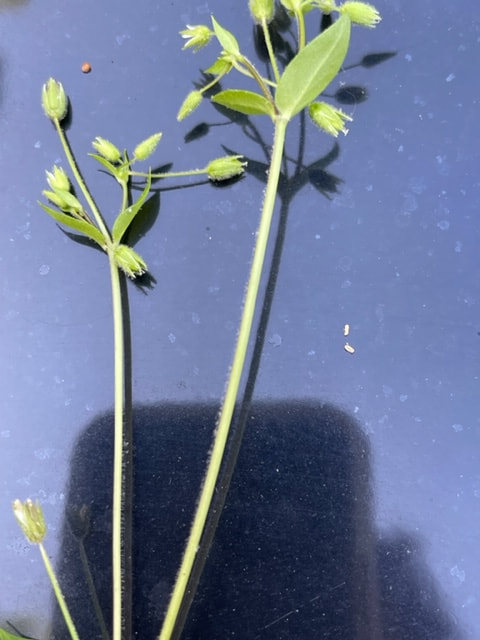
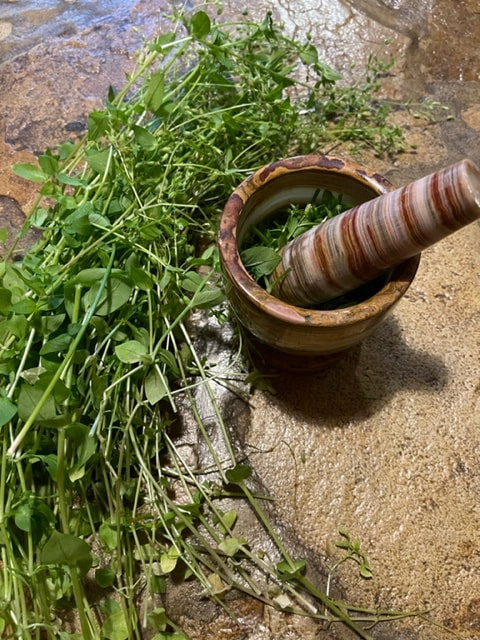
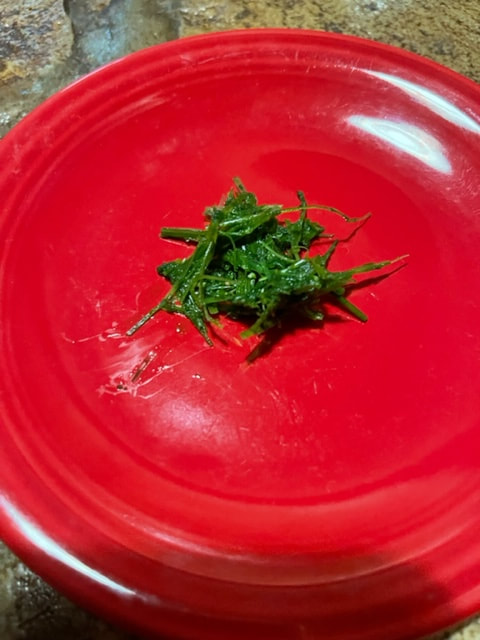
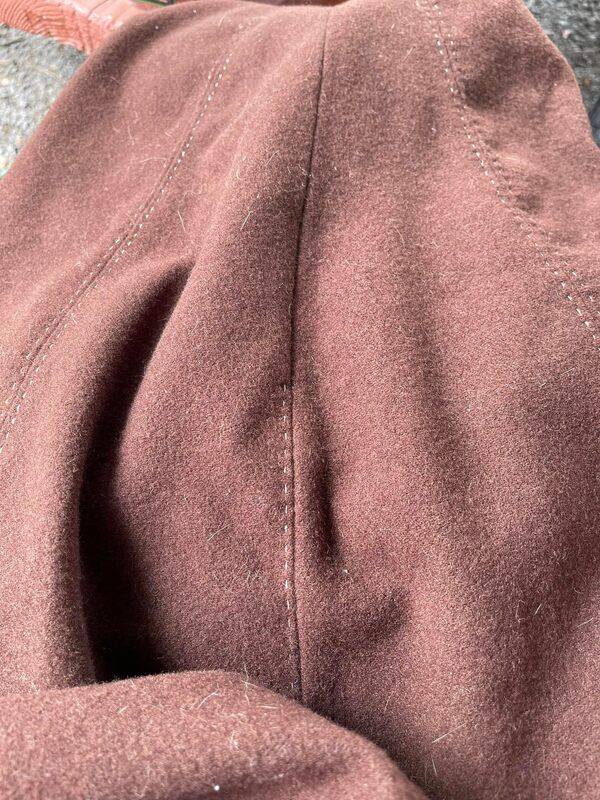
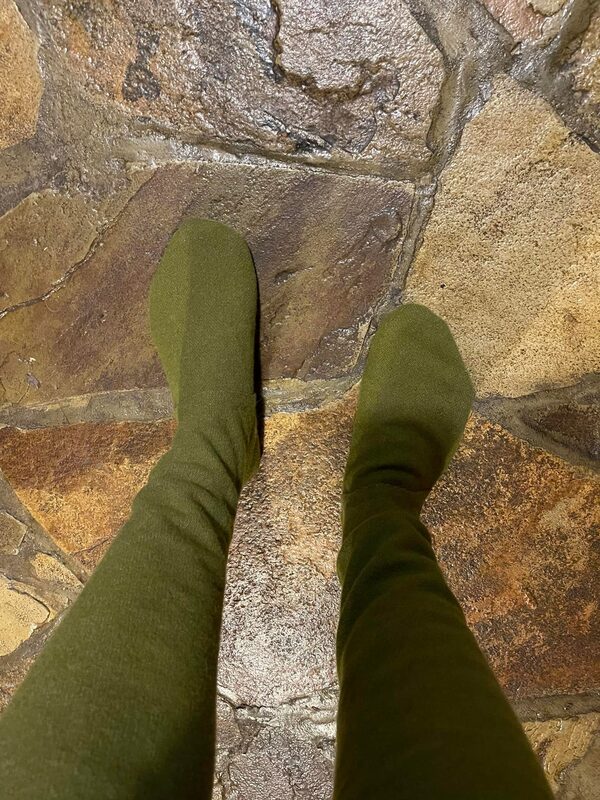
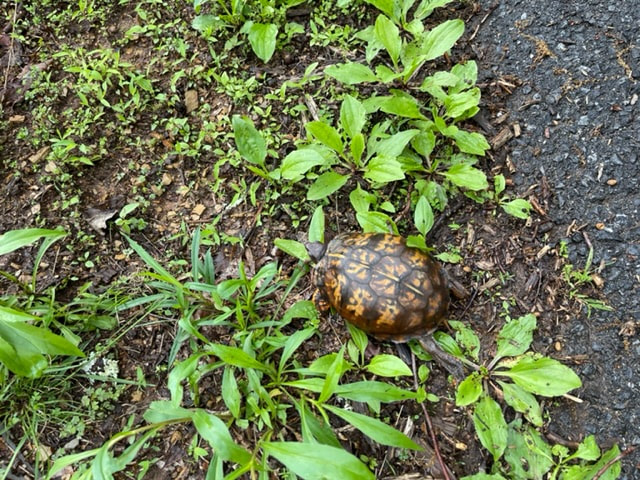
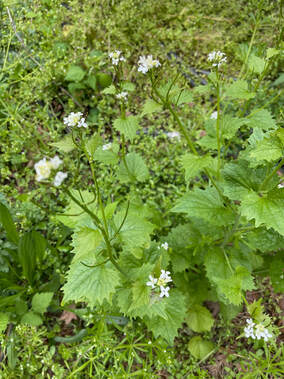
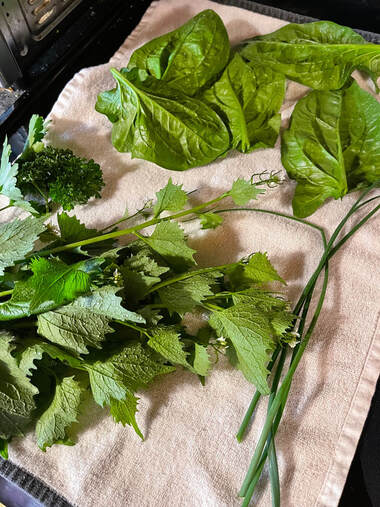
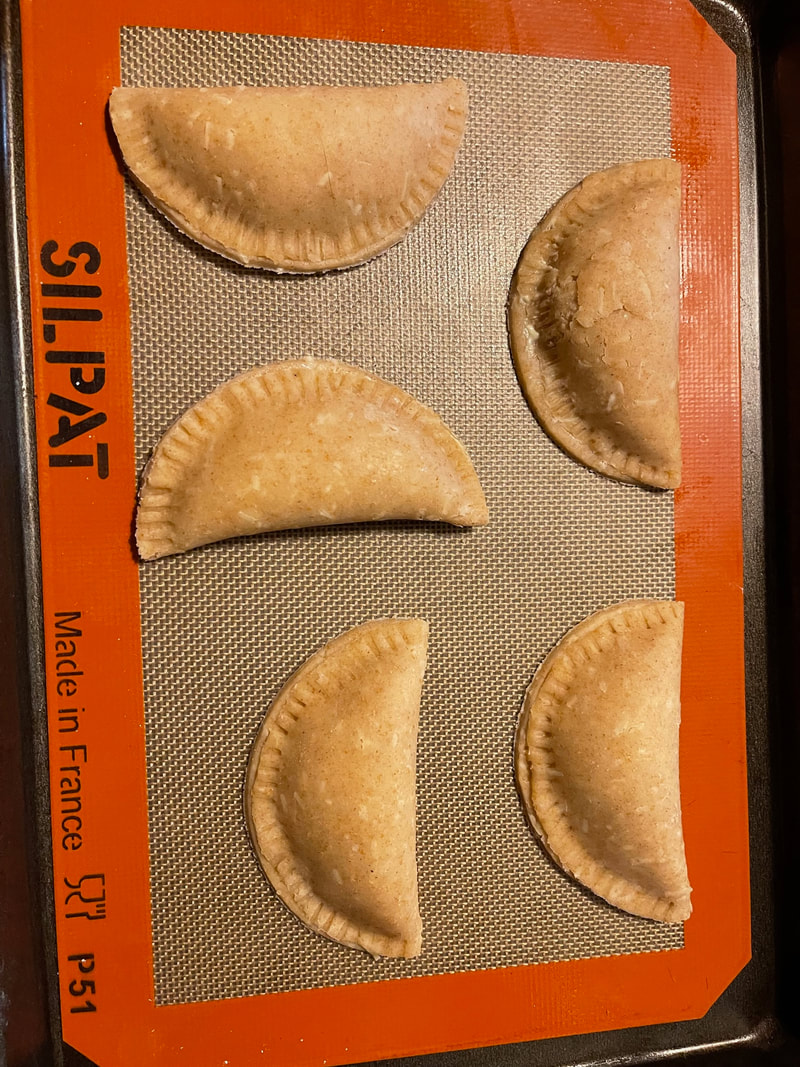
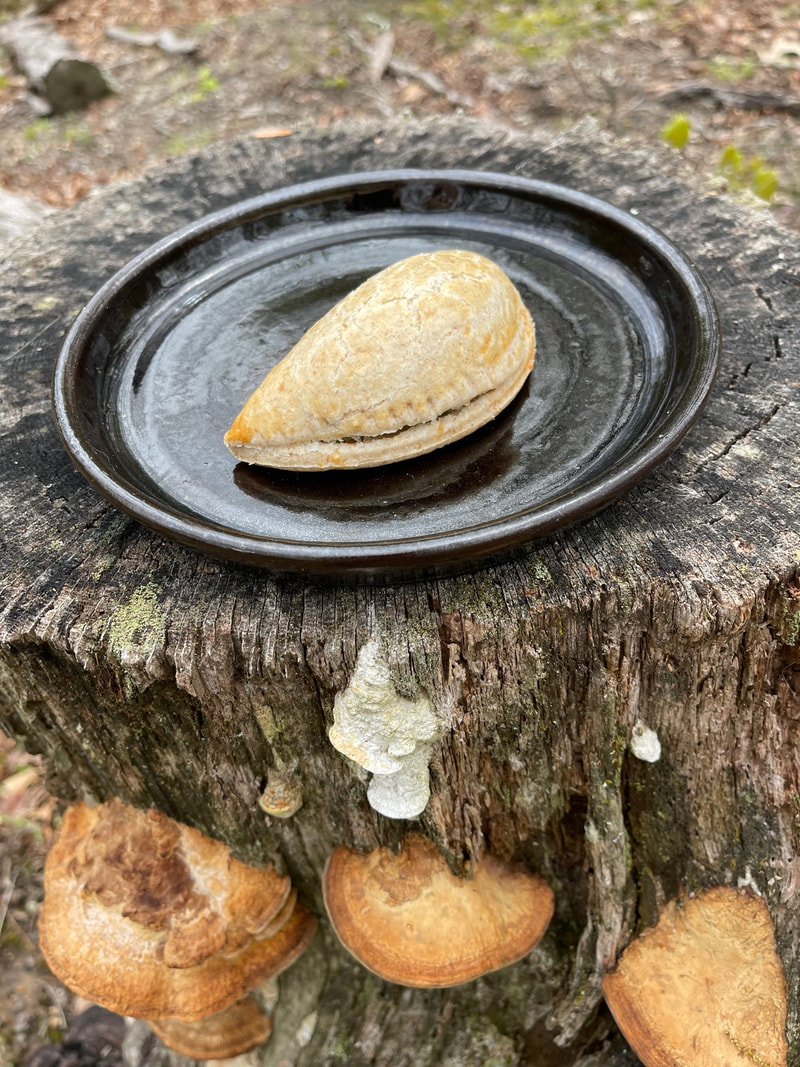
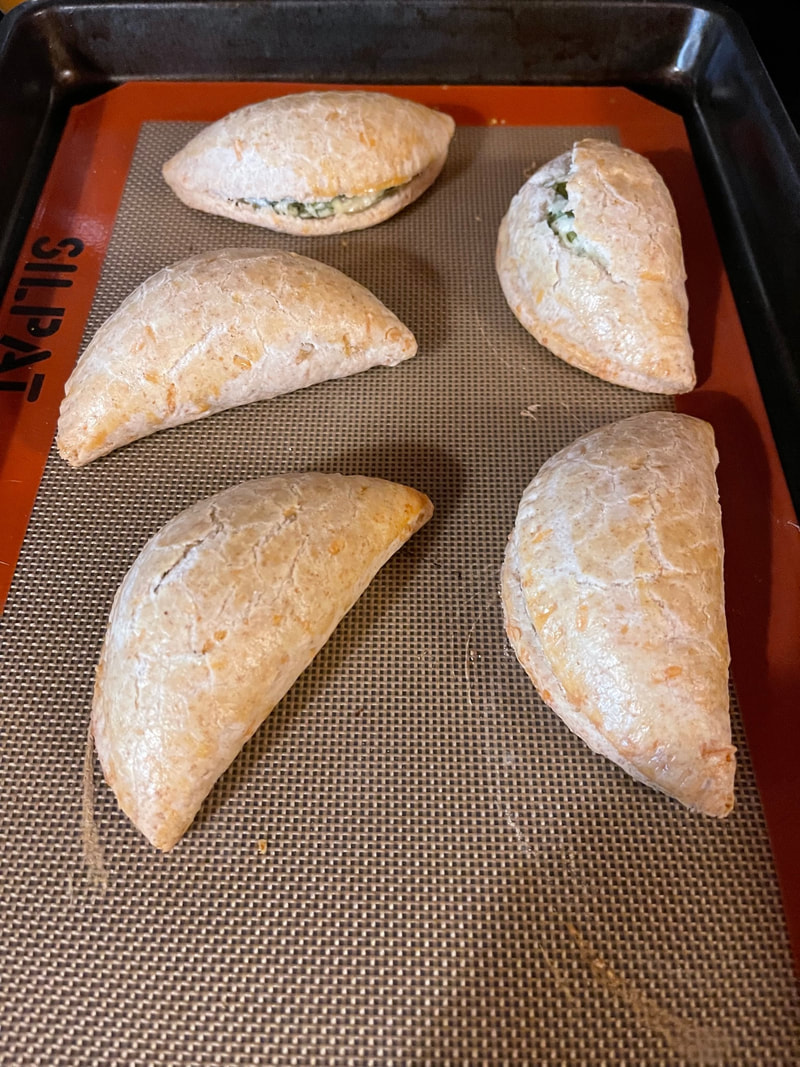
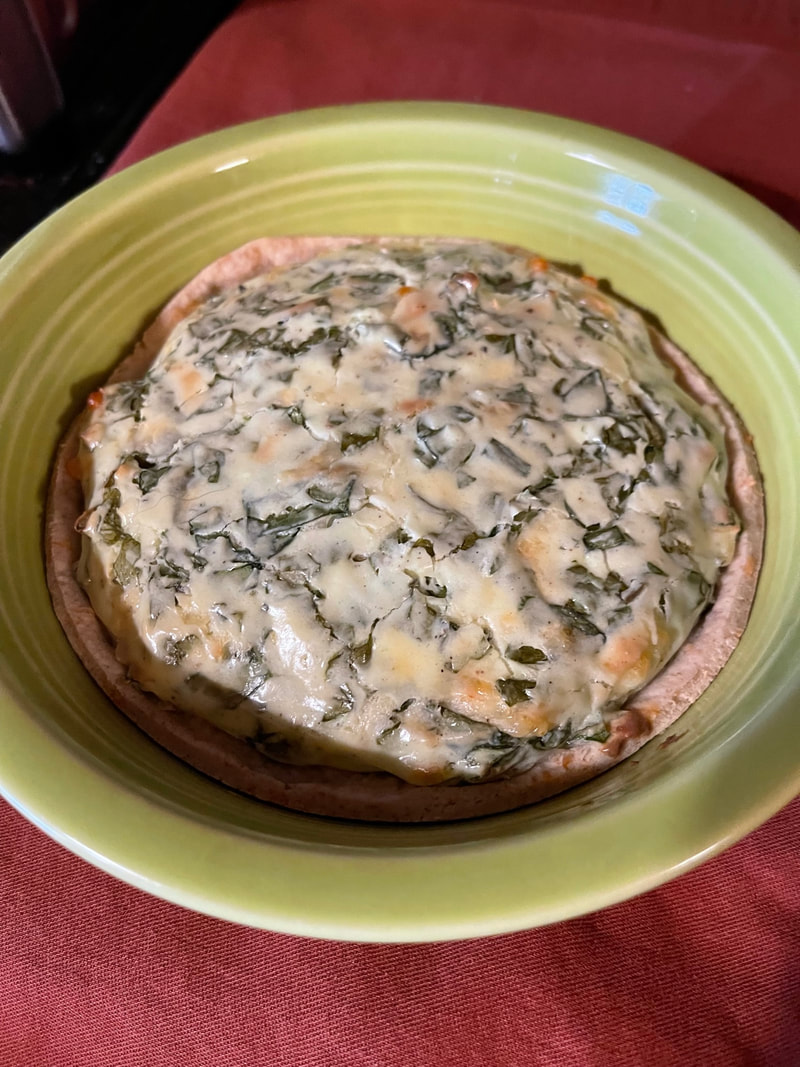
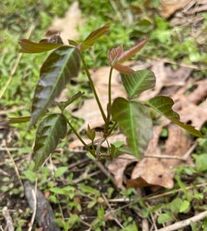


 RSS Feed
RSS Feed